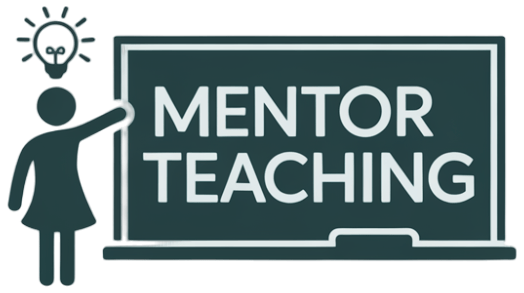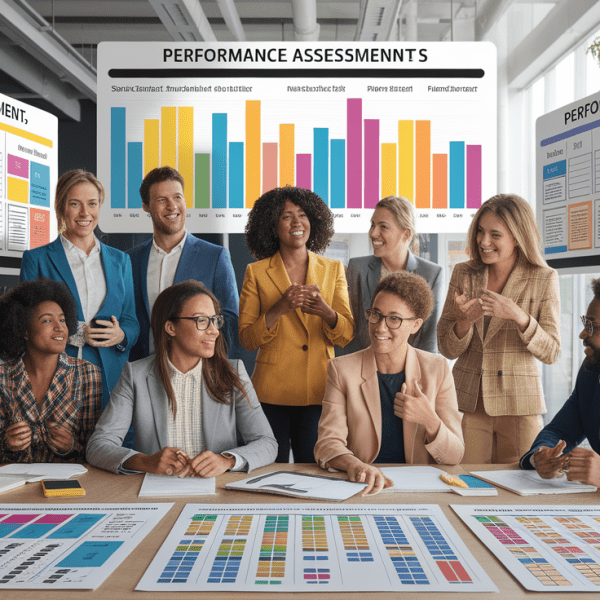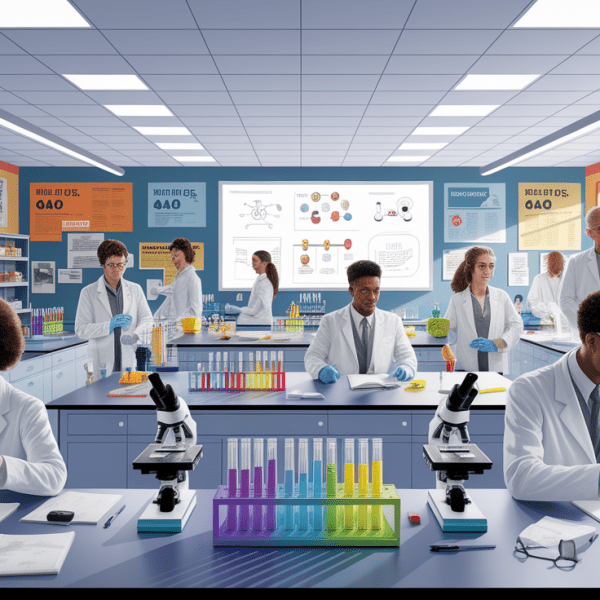First Look: Defining Competency-Based Learning Models
Think of competency-based learning (CBL) as the education world’s version of a GPS for skill development—it doesn’t just tell you where to go, it adjusts your route until you master your destination! At its core, CBL is all about ensuring students demonstrate mastery of specific, predetermined competencies before moving forward. Unlike the traditional “time in seat” model, this approach isn’t about how long you’ve sat in a classroom—it’s about what you can actually do. This learner-centered framework focuses on measurable outcomes, not just grades, and allows each learner to progress at their own pace, unlocking new skills as they go.
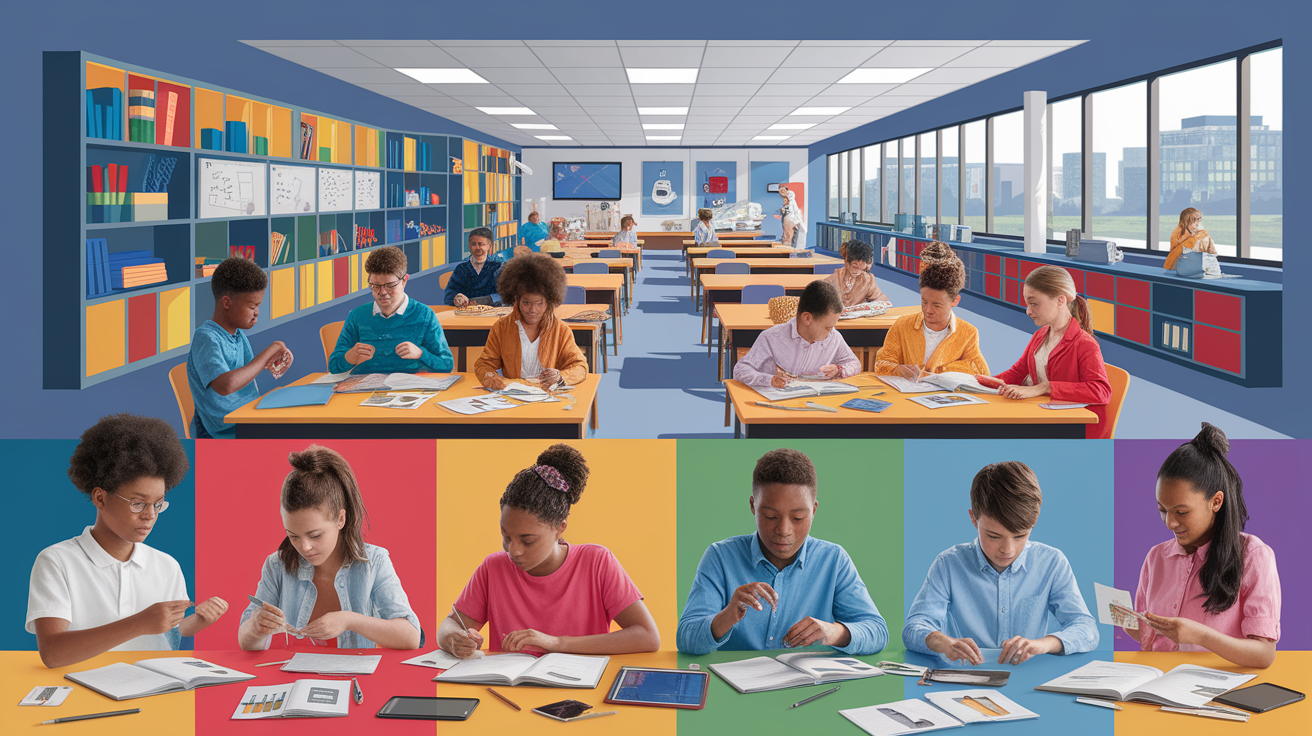
Inside the Model: Key Components
To understand CBL, let’s peek inside the classroom toolbox. The model relies on clear performance indicators and transparent learning objectives so students always know what’s expected. Assessment methods are criterion-referenced, meaning students are measured against standard benchmarks—no comparison contests here! Alongside academic skills, habits of work like collaboration, time management, and problem-solving are assessed separately, making sure learners grow holistically.

- Competency Architecture: A structured set of skills, knowledge, and abilities guiding curriculum design.
- Continuous Feedback: Ongoing communication between educators and learners to promote improvement and reflection.
- Growth Mindset: Opportunities for reassessment to learn from mistakes rather than fear them.
- Evidence-Based Reporting: Using actual proof of skill mastery instead of letter grades to chart progress.
Why It Works: Benefits for Learners and Educators
CBL is like tailoring a suit—it’s custom-fitted to each learner’s strengths, challenges, and pace. Because students must reach mastery before moving on, nobody gets left behind, and equity improves across the board. The focus on personalized learning boosts motivation, engagement, and academic achievement. Educators benefit too—clear learning pathways help them adjust instruction dynamically, while authentic assessment ensures skills are truly ready for real-world application.
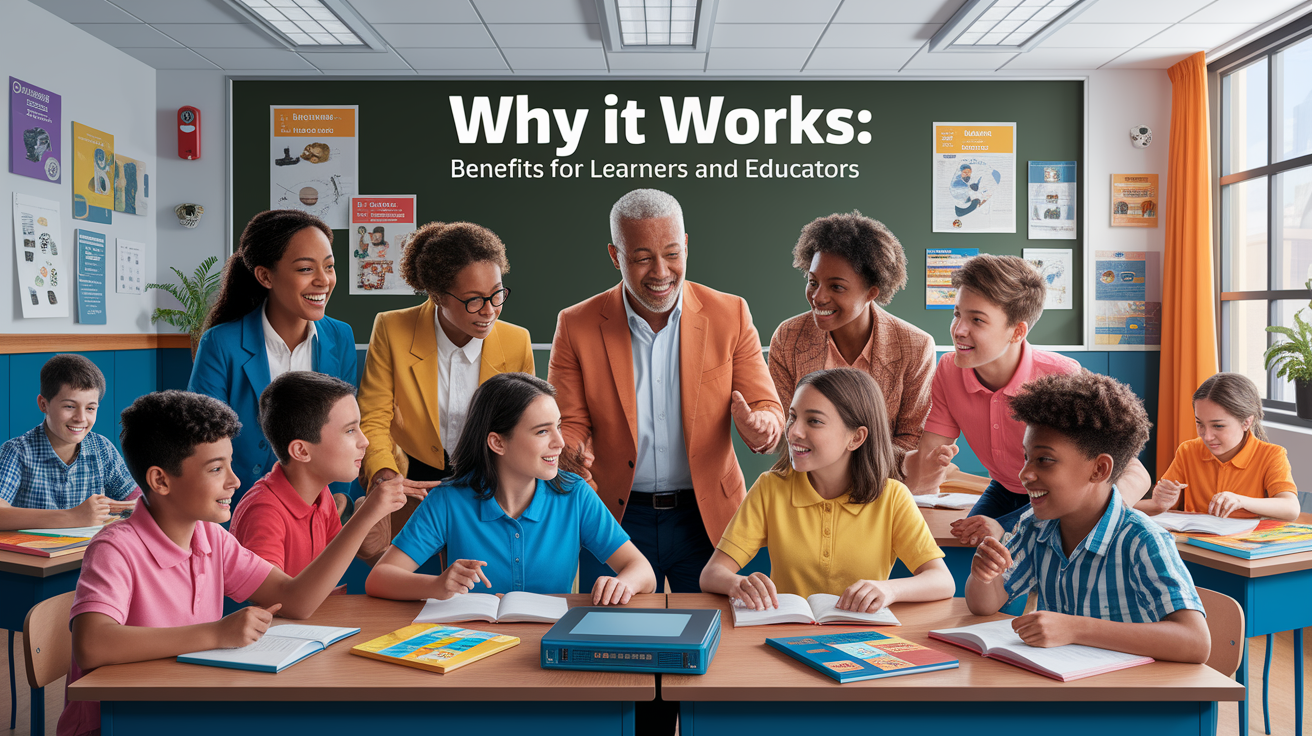
- Self-Paced Learning: Students move at a pace suited to their ability, fostering deeper understanding.
- Applied Skill Development: Learning emphasizes real-world problem solving.
- Transparent Mastery Levels: Clear criteria mean no mystery around student progress.
- Supports Student-Centered Learning: Builds independence and confidence.
Making It Happen: Implementation Strategies
So, how do we bring CBL from theory into practice? It starts with designing a curriculum around clearly stated competencies, supported by flexible learning pathways. Instruction can be blended, combining in-person sessions with tech-powered learning for adaptability. Authentic assessment is key—think portfolios, rubric-based evaluations, and hands-on projects to ensure skill mastery.

- Map out competencies using competency mapping tools.
- Train educators in differentiated instruction techniques.
- Use continuous formative assessment to adjust teaching in real time.
- Employ technology tools for tracking and supporting progress, like adaptive learning platforms and digital badges.
- Involve students and families in regular progress updates.
Overcoming Hurdles: Challenges and Solutions
Just like any new road trip, adopting CBL can have a few bumps along the way. Common challenges include aligning with national educational standards, training staff effectively, and building infrastructure for tracking competencies. But here’s the good news—these hurdles are solvable! Schools can phase their implementation, starting with pilot programs; invest in professional development; and use learning management systems to monitor progress.
- Challenge: Teacher readiness for personalized learning models.
Solution: Offer workshops and collaborative training sessions. - Challenge: Consistency in grading practices.
Solution: Adopt clear rubric-based evaluation systems. - Challenge: Infrastructure for competency tracking.
Solution: Utilize learning analytics in modern LMS tools.
Mastery Unlocked: Your Next Steps
You’ve opened the door to mastery-based learning—now it’s time to walk through it boldly. Begin by exploring resources like the Aurora Institute’s CompetencyWorks initiative to understand policy and structure. Consider small-scale trials to fine-tune your strategies and involve students in shaping their own learning journeys. Remember, competency-based education isn’t just a teaching method—it’s a mindset shift that values what students can do over how long they’ve been doing it. And that, dear learner, is how mastery gets its moment in the spotlight.
